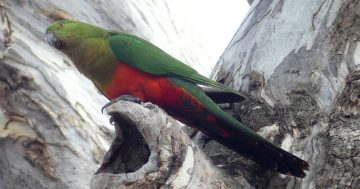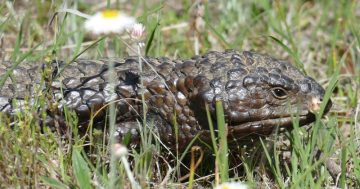Goorooyarroo nature reserve will be closed to the public as rabbits and hares are removed as part of the expansion of the Mulligans Flat woodland sanctuary.
“The 801 hectare Sanctuary extension, which includes Goorooyarroo and the Throsby offset area, will be closed to the public from midnight on Tuesday, 12 February to 9.00am on Friday, 1 March,” ACT Parks and Conservation Director, Daniel Iglesias said.
“During this time, rabbit and hare populations within the area will be managed through various techniques including 1080 poison baiting, harbour removal and shooting, which will be carried out by highly-trained Parks and Conservation rangers.
“The closure includes the entire Goorooyarroo nature reserve and we strongly encourage the public to not access the reserve in this time.
“Parts of the Centenary Trail that run through the reserve will also be deviated to the outside of the Sanctuary. Signage will be in place.
“The 12.5km predator proof fence that surrounds Goorooyarroo and the Throsby offset area was completed in December last year. Rabbit and hare management is the first priority for pest animal control before we start targeting foxes and feral cats.
“This control program follows on from the successful work done in the original Sanctuary. This program was so successful that no rabbits or hares have been seen or reported in the Sanctuary since September 2016.
“This is a remarkable achievement and has seen many lessons learnt which can now be used in the expanded Sanctuary.
“Work began to triple the size of Mulligans Flat sanctuary in mid-2017 under a joint project with the Woodlands and Wetlands Trust, ACT Government and Commonwealth Government.
“The larger Sanctuary will provide greater protection for larger populations of reintroduced species. It will also be a great asset to the community. There will be new tracks and signage installed, more research programs, new species returned and a new visitor and learning centre.”
This Mulligans Flat woodland sanctuary expansion, including pest animal removal, is supported by the ACT Government, through funding from the Australian Government’s National Landcare Program and the Capital Woodlands and Wetlands Conservation Trust.








